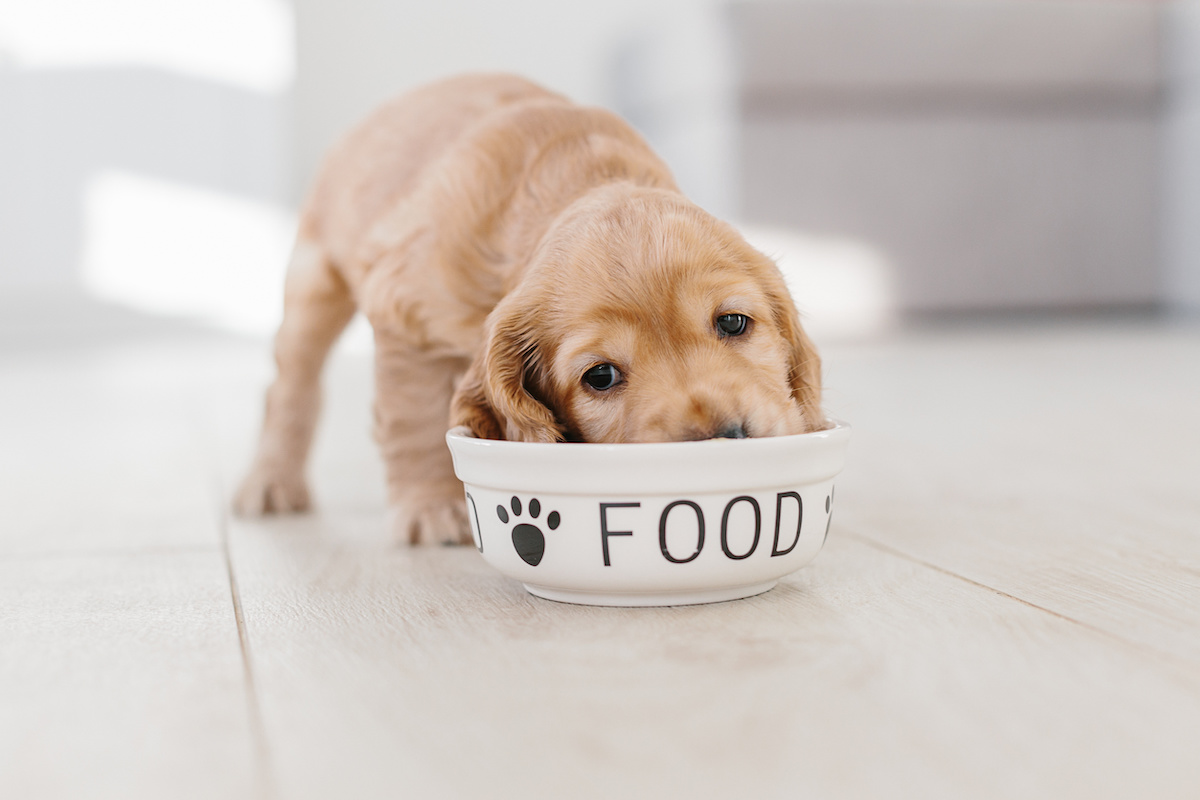It is safe to say that everyone has heard about grain-free pet food being a healthier alternative at least once. But is that really true? Is it really healthier for your dog? Grain-free pet food gained popularity as a low-carb alternative for pets. This happened around the time the keto-diet became popular for humans. Dog food tens to have a lot of fillers in it and those are not always healthy for dogs. However, just like humans, one diet doesn’t work for everyone. Follow these steps to make a healthy choice for your dog:
Step 1: What is your dog’s age, breed, lifestyle, and reproductive status?
When picking the right dog food, your dogs physical characteristics, behavior, and overall health are very important. At different stages of their lives, calories can have a huge impact on the health and development of the dog. For puppies and nursing mothers, a diet high in calories is recommended, while in older pets fewer calories are required. Additionally, activity levels matter when looking at your pet’s calorie intake. Highly active breeds can consume more calories than dogs with a sedentary lifestyle. Overfeeding your dog with a high-calorie diet can lead to obesity and other health problems.
Step 2: Watch for “buzz words”.
We know to do this with our food when grocery shopping, but do we know what to look for when shopping for our pets? With pet food, these buzzwords can mean a lot more than selling points, it can actually be telling you how much protein is in it. Names like “Beef for Dogs” indicate that the listed protein accounts for 95% of the total product, without water added. With the water, the levels come to the required 70%. When the word “dinner” is on the packaging it can also be another indicator. Labels stating things like “ Lamb dinner for dogs” only contain 25% of the protein. Other words to be aware of include “platter”, “entree”, “nuggets”, and “formula.” Finally, if you happen to see packaging that includes words like “flavoring”, then it only needs to contain trace amounts of that protein.
Step 3: Read the ingredients.
As you may know by now, it is important to read the ingredients for the food you consume. We can be susceptible to high sugar, highly processed, and falsely advertised foods, based on their deceiving packaging. The labels on dog food tend to list ingredients by their weight. Meats and meat meals are generally top of the list because of their high water content. Dogs should have food with a meat or meat meal at the top of the list. Only under special medical circumstances should your dog eat a vegetarian diet, dogs are omnivores. What classifies as “meat” is very general, however, be on the lookout for “meat by-product”. This includes all of the parts of an animal besides the meat.
When looking at the ingredients, it is also important that the first ingredient listed isn’t a grain. Additionally, it shouldn’t be a tuber or a vegetable, like ground corn. Corn does not have a high nutritional value and is inexpensive to produce. It is not “bad” for dogs, but the nutritional benefits are very low.
Step 4. Is the switch to a grain-free diet right for my dog?
This is when it might be time to talk to an expert. If you feel you need to switch your dog’s diet, due to an allergy, it is helpful to check with your vet first. Grains in your dog’s diet aren’t bad unless they have an allergy or other medical condition. Often times, grain-free formulas have a higher price tag than the other foods.
If your dog excessively licks their paws, scratches, regularly vomit, or diarrhea, they may have an allergy or intolerance to a particular food. Speak with your vet today to get them checked out. Before buying into a fad-diet for your dog, consider their individual needs.
Step 5: Check the nutritional adequacy statement.
The nutritional adequacy statement, by AAFCO, is located with the rest of the nutritional information. It may something along the lines of “provides complete and balanced nutrition for maintenance of adult dogs.” Membership for this statement is voluntary by companies, but the high-standards of AAFCO can ensure the proper nutritional values for your pet.
Step 6: Do your homework!
After checking the label and keeping an eye out for “buzz words”, you are almost there. Research the manufacturer to ensure the appropriate sourcing fo ingredients and quality control. Brands are not required to list these things on the label, so give yourself some peace of mind by learning more about the brand you feed your dog.
If you have any other questions about a diet that is good for your dog, we are here to help. Animal Care Center can help you with important information about your dog and its breed. Additionally, if you suspect your dog has an allergy or intolerance to food, we can help. Call or contact Animal Care Center today!






